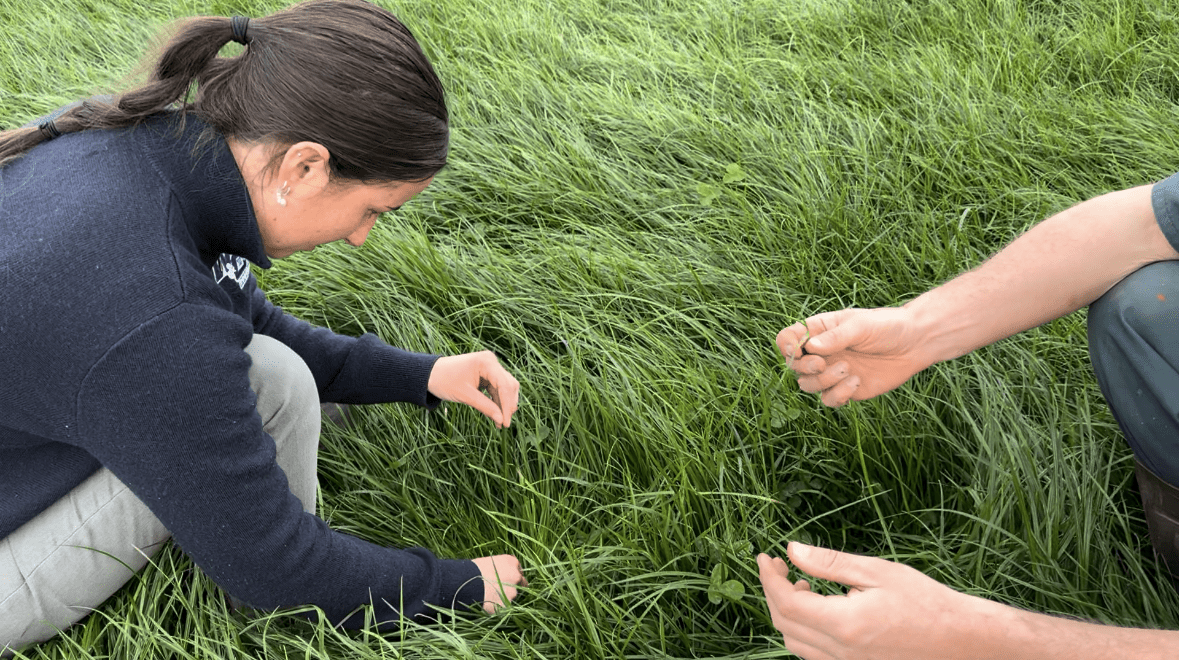Prepping for Spring
We are already over halfway through the year, with on farm conditions vastly different to the previous few wetter years. Whilst it may not feel like it’s time to consider preparing for spring, it is!
This year’s spring preparation and returns are vital for restoring fodder reserves on farm, with limited availability occurring off farm due to Victorias statewide moisture deficiencies. Shortages impact the cost of brought in fodder, suggesting a more expensive season is forecast IF this is case. Being proactive on farm NOW is critical for creating the cheapest source of quality home grown fodder currently and in spring.
Soil Nutrients are KEY to ensuring pasture growth is not limited:
Understanding your baseline soil fertility from the most recent soil tests taken on farm are a good indicator for what may suppress the ‘flush’ of growth, whilst targeting nutrients in an economic manner and increasing pasture dry matter.
Pasture residuals – getting this RIGHT to ensure top quality fodder!
Whilst the season isn’t favourable moisture wise, it is forgiving in the ability to graze pastures and utilise home grown fodder. It is important to continue to graze pastures to correct residuals from an economic perspective, and to ensure quality is maintained in our pastures.
Sacrifice paddocks OR paddocks not performing, WHATS NEXT?
Considerations on farm where paddocks are no longer performing or have been used as a sacrifice paddock, can be used to grow fodder crops specifically for silage or hay production. Discussing viable options with your agronomist would be a proactive approach ensuring seed can be supplied.
Why IT IS important to discuss spring NOW with your agronomist:
- Planning NOW is advantageous!
- Home grown fodder IS the cheapest source of feed for animals.
- Growing SURPLUS is key to restoring on farm fodder reserves, decreasing the need to purchase away from farm.
- Keeping residuals at 4-6cm whilst we can, is KEY to keeping quality in pastures.
- Residuals and rotation lengths are KEY to maximising growth and plant density.
- Adapting and conversing with your agronomist to understand WHAT your soil nutrient requirements are to ensure growth reaches full potential with sufficient moisture.
